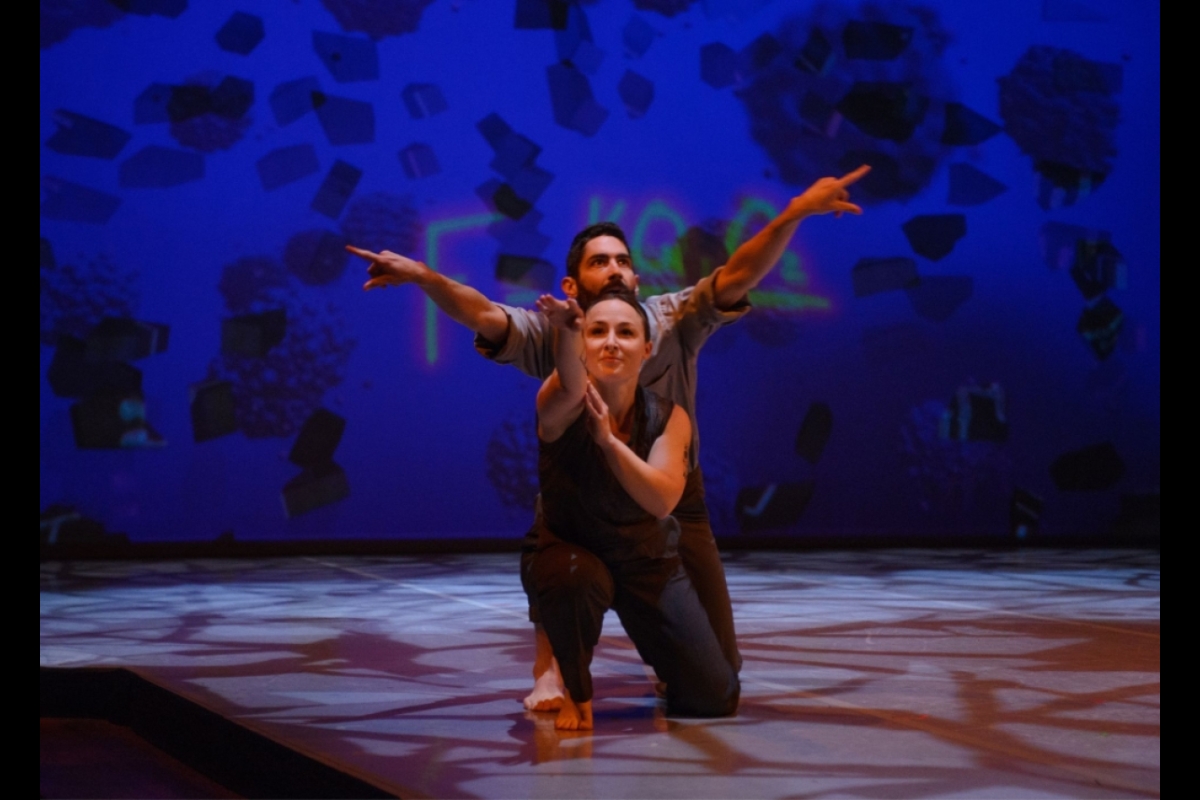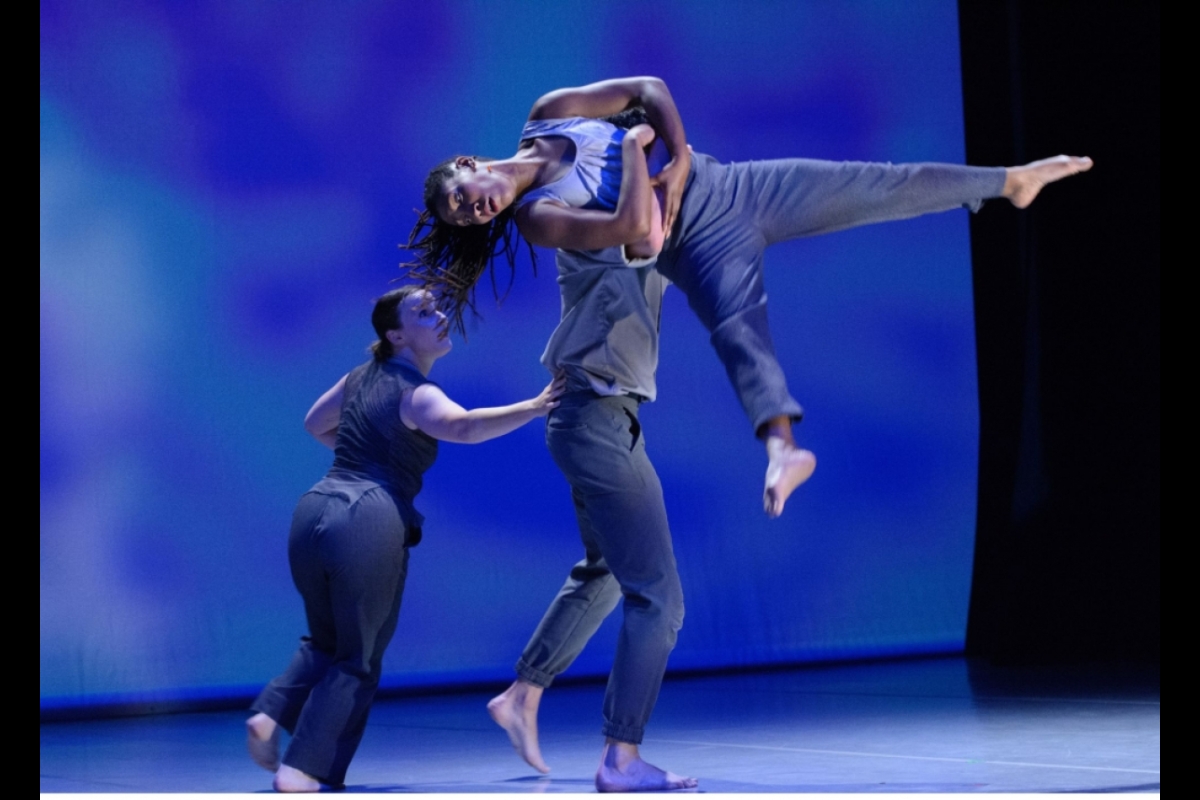It may seem unusual to pair science and dance, but that’s exactly what Arizona State University faculty member Keith Thompson is doing.
Thompson, assistant director of the dance program and associate professor at ASU, collaborated with the Facility for Rare Isotope Beams (FRIB) and Wharton Center for the Performing Arts at Michigan State University to create an interactive, multimedia project that educates the community on the intersection of art and science. The program involved graduate students, physicists, dancers and a cast of diverse youth.
Thompson said it was important to emphasize diversity through the program. He cited studies that show how girls and students of color often lose interest in science-related programs as early as eighth grade. Thompson wants to help change that statistic.
“We are trying to expand the idea about who gets to dance and about who gets to be a scientist,” said Thompson.
The event, called “Of Equal Place: Isotopes in Motion,” included performances, movement workshops and hands-on science experiences. It was inspired by ASU Herberger Institute Professor Liz Lerman’s work with the European Organization for Nuclear Research facility in Switzerland. Dance Exchange also collaborated on the project by performing as well as developing study guides for students.
The event, which was years in development, pushed groups together who otherwise may not often collaborate and learn from each other — much like the facility itself crashing particles together and studying those interactions to learn and better understand the universe.
Artemis Spyrou, physicist and professor at Michigan State University, said, “The collaboration … has given me the opportunity to observe the world of physics, my own world, from a different perspective.”
“It's not just that it’s dance and science,” said Clarence Brooks, who performed with Dance Exchange. “It’s really earth-shattering, mind-blowing, deep scientific information, and we are being used physically to visualize it.”
Dancers took scientific formulas, created symbols and then used those to communicate complex equations to the audience to make them more understandable.
Thompson said the performance was designed to show “what we're made of, what everything that we know in the world is made of, and how they’re creating things that don’t exist anywhere in the universe.”
The public walked around and experienced different aspects of the facility. The goal was for students and other participants to learn more about themselves and become more enthusiastic about science by interacting as scientists. The event also allowed the collaborators to observe and analyze information for research purposes.
“We had physicists and scientists that were gathering all the information so they could take it back and analyze the data and information to see what people are learning through science and through dance,” said Thompson.
Thompson plans to continue these types of collaborations because he enjoys seeing growth in understanding between the arts and science.
“It would be nice to tackle other scientific areas in the future and see how dance can tell their stories as well,” he said.
Written by Benjamin Adelberg.
Top photo courtesy Harley Seeley
More Science and technology

ASU water polo player defends the goal — and our data
Marie Rudasics is the last line of defense.Six players advance across the pool with a single objective in mind: making sure that yellow hydrogrip ball finds its way into the net. Rudasics, goalkeeper…

Diagnosing data corruption
You are in your doctor’s office for your annual physical and you notice the change. This year, your doctor no longer has your health history in five-inch stack of paperwork fastened together with…
Large-scale study reveals true impact of ASU VR lab on science education
Students at Arizona State University love the Dreamscape Learn virtual reality biology experiences, and the intense engagement it creates is leading to higher grades and more persistence for biology…






